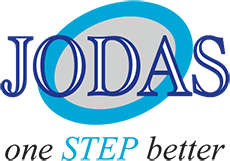
Gene therapy has been a significant development in medicine for nearly 40 years, focusing on treating genetic disorders by injecting specific genetic material into a patient to alter cell activity and address hereditary illnesses. Four fundamental gene therapy techniques include gene silencing, gene addition, gene replacement, and gene editing. Adeno-associated viruses (AAVs) are a type of gene therapy vehicle that was initially discovered as a contaminant of adenovirus preparations. The first human gene therapy study was conducted in 1970 when American physician Stanfield Rogers tried to cure argininemia with a papillomavirus-containing arginase. The primary vector for in vivo gene therapy delivery is recombinant AAVs (rAAVs). The first rAAV gene therapy treatment, Alipogene tiparvovec (Glybera), received approval in 2012 for lipoprotein lipase deficiency. In 2017, the US FDA approved Luxturna (Voretigene Neparvovec) as the first retinal gene therapy for human use, specifically for patients with LCA type 2, an inherited retinal degeneration caused by mutations in the RPE65 gene. AveXis developed Onasemnogene abeparvovec (Zolgensma®) for spinal muscular atrophy (SMA). This blog summarises the emergence and applications of AAV in gene therapy platform.



